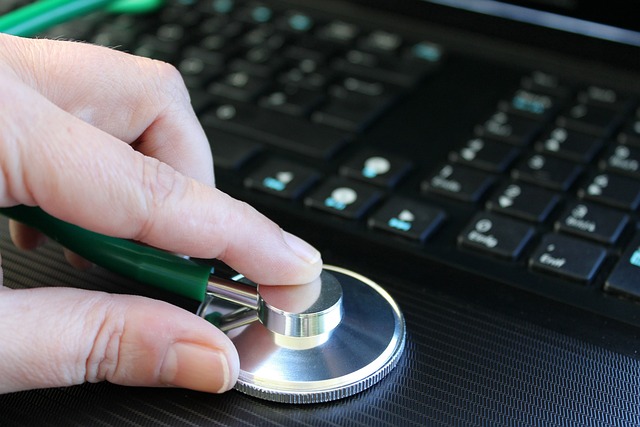Introduction
Dealing with PC issues can be frustrating, but having the ability to troubleshoot and resolve computer problems on your own is empowering. In this article, we will demystify PC troubleshooting and provide you with step-by-step techniques to fix your computer like a pro. Whether you’re facing slow performance, startup glitches, software crashes, or hardware malfunctions, this guide will equip you with the skills and knowledge to tackle common PC issues.
Understanding the Basics of PC Troubleshooting
Before diving into troubleshooting techniques, it’s important to adopt the right mindset and approach. Patience, curiosity, and a methodical approach are key. Additionally, gather essential tools such as a screwdriver, cleaning supplies, and diagnostic software. Don’t forget to back up important data and take necessary safety precautions before starting any troubleshooting procedures.
Identifying Common PC Issues
To effectively troubleshoot your PC, it’s crucial to identify common problems and their symptoms. Slow performance, freezing, unexpected shutdowns, software crashes, and hardware malfunctions are among the most prevalent issues. By recognizing these symptoms and understanding their potential causes, you’ll be better equipped to pinpoint the root of the problem.
Step-by-Step PC Troubleshooting Techniques
-
Start with basic troubleshooting steps:
- Reboot your computer to clear temporary glitches.
- Check power connections and ensure everything is securely plugged in.
- Remove any external devices that may be causing conflicts.
-
Software-related troubleshooting techniques:
- Update drivers for your hardware components.
- Scan for malware and viruses using reliable security software.
- Repair or reinstall corrupted software or applications.
-
Hardware-related troubleshooting methods:
- Check cables and connections for loose or damaged parts.
- Run hardware diagnostics to identify faulty components.
- Test individual hardware components in a different system, if possible.
Advanced PC Troubleshooting Tips
For more complex issues, consider the following tips:
-
Blue screen errors and system crashes:
- Analyze error codes and messages to identify potential causes.
- Roll back recent software or driver installations that may be causing conflicts.
- Consider running a memory test to identify faulty RAM.
-
Network connectivity problems:
- Restart your modem and router.
- Check network settings and ensure proper IP configuration.
- Update network drivers or reset network settings if needed.
Troubleshooting Tips for Specific Operating Systems
Different operating systems may require specific troubleshooting approaches:
-
Windows:
- Utilize built-in troubleshooting tools like the Event Viewer and Task Manager.
- Perform system restores to revert to a previous stable state.
- Reset BIOS settings if encountering hardware compatibility issues.
-
macOS:
- Use the Console utility to view system logs for error messages.
- Repair disk permissions using Disk Utility.
- Reset the System Management Controller (SMC) to resolve power-related issues.
-
Linux:
- Utilize the terminal and log files to identify errors and conflicts.
- Use package managers to update and fix software dependencies.
- Join online Linux communities and forums for specific distribution troubleshooting advice.
Troubleshooting Resources and Support
When troubleshooting becomes challenging or you need additional assistance, there are resources available:
- Online forums and communities like Reddit, Stack Exchange, and official product forums.
- Manufacturer or software vendor support websites for troubleshooting guides and FAQs.
- Consider seeking professional assistance if you’re unsure or if the problem requires advanced technical expertise.
Conclusion
PC troubleshooting doesn’t have to be daunting. By adopting the right mindset, equipping yourself with the necessary tools, and following step-by-step techniques, you can tackle common PC issues like a pro. From basic troubleshooting to advanced techniques, you now have the knowledge to resolve software glitches, hardware problems, and more. Embrace the challenge and empower yourself to become a proficient PC troubleshooter.

